#flowertea
Text
Unveiling the Beauty of Butterfly Pea Tea: Nature's Blue Elixir
Clitoria tea has a color so intensely blue that it is almost unreal. You would think that someone poured some paint or artificial dye into a cup, mixed it with water and decided to drink it. However, this amazing color of the infusion and its health properties are true. How is blue clitoria ternate tea produced and why is it worth being interested in?
Blue tea – origin
If you’re still wondering if blue tea exists, we assure you that it does. Its color is not a magic trick or artificial dyes, but a 100% gift of nature.
What is blue tea made from?
Blue (actually blue-violet) tea (Butterfly Pea tea) is an infusion obtained from the dried leaves of Clitoria ternatena, a tropical climbing plant from the Fabaceae family.
Clitoria ternatea, whose Latin name is Clitoria ternatea L., comes from Africa and equatorial Asia – India, Malaysia and Indonesia, although it has now spread almost all over the world. In recent years, it has also been very popular in the Middle East (Egypt, Afghanistan, Syria, Persia and Iraq).
Nowadays, clitoria ternatena is cultivated mainly as an ornamental and medicinal plant, and due to its soil-fertilizing properties, it is also used as fertilizer (mainly in Australia). In the past, it was also sown in pastures for farm animals and was also used for hay and chaff.
Are you wondering where clitoria gets its “bold” and suggestive name? It is related to its flowers, which in their appearance resemble female sexual organs (clitoris is the Latin name for the clitoris). The idea to name this plant this way came up in the 18th century by the Swedish botanist Carl von Linne – a man with an very rich imagination, the same one who gave orchids the name Orchis – from the Greek “kernel”.
Despite protests from a large group of more conservative scientists outraged by the frivolous name proposed by von Linne, the term “clitoria” has persisted over time and is still used today.
As for the second part of the name – “Ternatena” – there is no certainty as to its etymology. However, it is believed that it may be related to the small island of Ternat belonging to the Indonesian archipelago, where the clitoria samples collected by Carl von Linne were supposed to come from.
Butterfly pea – morphology
Clitoria is a herbaceous plant with large leaves up to 17 centimeters long. Its flowers – most often intensely blue – have a characteristic yellow-white spot in the middle.
Blue tea – Clitoria Ternatena
As for clitoria fruits, they grow in approximately five-centimeter-long pods covered with hairs, with about 6-10 pods in each. They are edible when cooked.
Clitoria ternatea – culinary use
It turns out that the pods are not the only edible part of this plant. Its roots and leaves are also used to prepare dishes, and of course, it is completely edible flowers. They are particularly popular in Asian cuisine, where they are used to color various dishes, eaten in cakes or processed into syrup.
In other parts of the world, such as Australia, a type of purple-blue gin infused with clitoria flakes known as ink gin has become popular. In Europe, however, the most popular infusion of clitoria flowers is known as blue tea.
Clitoria ternate infusion should not be confused with Chinese oolong tea, also known as blue, emerald, or turquoise tea.

The main difference between them is that oolong tea is made not from flowers, but from leaves of a completely different plant – Camellia sinensis – the popular tea bush.
What’s more, oolong infusion is not blue at all, but – depending on the brewing time – slightly or intensely yellow. However, the herb itself, which is partially oxidized during the production process, has a characteristic brown-blue color.
Clitoria/Butterfly Pea flowers – where does their color come from?
What makes the ternate clitoria so incredibly beautiful is, of course, its unusual color flowers. Are you wondering where it comes from?
It turns out that this intense blue color is related to the content of anthocyanidins – organic chemicals found in flower and fruit cells of some plants.
Anthocyanidins have strong coloring properties and their color changes depending on the pH of the environment in which they are found. In clitoria flowers, you will find one of their types – delphinidin, which is also found in blueberries, black currants, grapes, red cabbage, chokeberry, blackberries and elderberries.
As a natural dye, anthocyanidins are used not only in gastronomy but also in the production of cosmetics and the textile industry. Due to their aesthetic value, butterfly pea flowers are used to make potpourri mixtures, as well as as an addition to soaps, candles, and other decorative elements.
FUN FACT:
Did you know that the color of blue clitoria tea changes when it comes into contact with other substances?
Under the influence of acids (e.g. lemon) it turns purple, while substances with an alkaline pH (e.g. hibiscus flowers) change their color to purple.
Clitoria ternate – tea and its brewing
Put 2-3 dried flowers into the kettle.
Pour hot water over it.
Leave to infuse for about 5-10 minutes until the infusion becomes an intensely blue color. Blue tea, unlike green tea, does not become bitter if brewed for too long.
Strain and pour into a cup.
Another, equally effective way to prepare blue tea is to boil water with dry flowers in a pot and pour the strained infusion into a mug or cup.
If you want to enhance the therapeutic properties of the infusion, increase the amount of dried herb added. Also take into account that after brewing, clitoria flowers expand up to twice in size.
What does blue tea taste like? The taste of clitoria ternate flower infusion is slightly herbal (a bit reminiscent of chamomile) and slightly earthy. According to some, it resembles a combination of green and red tea.

Since the taste of the infusion itself is not very expressive, it is worth enriching it with various additives. Blue tea tastes great with sugar or honey. It is also often served with lemon, lemongrass, and hibiscus, and added to other herbal, green, or oolong teas.
Blue tea – Clitoria Ternatena
A very popular and visually attractive way to use clitoria flowers is to freeze them in ice cubes and add them to cocktails, water, and other chilled drinks.
Try different combinations of hot or cold blue tea and see with your own eyes how the color of the infusion changes under the influence of its flowers.
Blue tea – health properties
Do clitoria and its tea have anything more to offer apart from the unique color that changes as if under the influence of magic? Definitely yes!
Blue tea in Ayurvedic medicine
Clitoria is a herb widely used in traditional Ayurvedic medicine originating from India. It is known in this country as Shankhapushpi, Aparajita or Sankhalii (depending on the region) and has been used for centuries as a means to improve the functioning of the brain and central nervous system.
According to local beliefs, clitoria flowers, leaves and roots are supposed to help “detoxify” and cleanse the brain and nervous system. Ayurveda also attributes a lot of other properties to them – from beautifying to healing. The most important ones include:
anti-stress properties
memory improvement
anti-inflammatory effect
fighting colds
coughs and bronchitis
improving the appearance of the skin
help with constipation and hyperacidity
Interestingly, the vast majority of these traditional Ayurvedic beliefs are supported by research carried out by modern medicine since the 1960s (so far on animals and in vitro).
FUN FACT:
According to traditional Hindu beliefs, the clitoria flower brought to earth by Guru Shankaracharya should be paid as a tribute to the fierce and invincible goddess Durga, who fights against demons.
Clitoria tea – antioxidants and their rejuvenating effect
The main reason why butterfly pea flower infusion is enjoying growing interest around the world is its antioxidant effect. It is related to the presence of anthocyanidins (specifically delphinidin) in its flowers.
Anthocyanidins? Weren’t these the coloring substances described a little above?
Yes! They belong to the group of flavonoids, i.e. organic chemical compounds that act as antioxidants in human cells, stopping or delaying their oxidation (natural aging).
Another group of antioxidants found in blue tea are flavonoid glycosides that can neutralize the harmful effects of free radicals on our body.
The antioxidants contained in Clitoria ternate flowers help fight many diseases. Their most frequently mentioned properties include:
anti-inflammatory, swelling-reducing, and antipyretic effects,
decreased activity of tissue tumor factor (TNF-α), especially in obese people,
support in chronic pancreatitis,
improving the functioning of the circulatory system and preventing heart diseases,
lowering the level of glycated hemoglobin and increasing insulin concentration (important for diabetics),
inhibiting the development of glaucoma and other eye diseases,
preventing and slowing down the development of neurodegenerative diseases,
increased resistance to diseases caused by viruses, bacteria and fungi,
support in the treatment of urinary tract diseases,
reducing allergic reactions,
helping in the healing of the mucous membrane lining the stomach.
Clitoria tea – acetylcholine and its effect on the brain
Another important ingredient of blue tea is acetylcholine (ACh) – a chemical compound that is a combination of acetic acid and choline. Numerous studies on this substance confirm its beneficial effect on the muscular system, blood pressure, and heart function.
Blue tea infusion, rich in acetylcholine, is recommended for bronchitis, and intestinal and bladder problems. It is also a great nourishment for our brain and nervous system: it improves memory and helps fight neurosis, depression, stress, ADHD (attention deficit hyperactivity disorder), Alzheimer’s disease, and senile dementia.

Blue tea during pregnancy
Expecting women and breastfeeding mothers should be especially careful about their diet. Everything they eat and drink penetrates the placenta and fetus, as well as the food produced by their mammary glands.
Does clitoria ternate have any effects that may harm pregnant women? Are there any contraindications to drinking blue tea while breastfeeding a baby?
There is no clear answer to this. It all depends on the mother’s condition, the course of pregnancy, and the health of the newborn. As we mentioned, clitoria ternatena infusion has properties that change blood sugar levels, which in some cases (e.g. in the case of gestational diabetes) may be potentially dangerous.
The safest decision is therefore to stop or at least limit the consumption of blue tea during pregnancy or to consult this issue with the attending gynecologist-obstetrician and later with a pediatrician.
What are triterpenoids?
Triterpenoids are a type of phytochemical compound, i.e. substances produced by plants to protect against environmental factors (e.g. to fight pathogens).
Research shows that they also work well in the prevention and treatment of human diseases.
Butterfly pea tea – beautifying properties
Blue tea can be considered not only a natural medicine but also a cosmetic with amazing rejuvenating and beautifying properties. Eating it regularly will help increase collagen production, thereby improving the appearance and elasticity of your skin, hair, and nails.
Thanks to the content of flavonoids, clitoria ternatena infusion also has anti-inflammatory properties and will help you fight acne, redness, and other skin problems.
Clitoria ternate – tea and its properties in the treatment of cancer
What else is blue tea for? Its potential anti-cancer properties related to the presence of triterpenoids (specifically steroids and peptides) in the flowers of Clitoria ternatena are of great interest.
Elevate your wellness journey with our premium Clitoria Ternate Tea today. Embrace the natural beauty and health benefits of this exquisite blue infusion. Experience the revitalizing power of Butterfly Pea Tea in every sip. Shop now and indulge in a sensory delight unlike any other.
#BlueTea#ButterflyPeaTea#ClitoriaTernatea#HerbalTea#HealthyLiving#Wellness#NaturalRemedies#TeaLovers#TeaTime#Antioxidants#HealthBenefits#Ayurveda#HerbalMedicine#OrganicTea#FlowerTea#relax#healthy#drinks#tea#amazing body
10 notes
·
View notes
Photo

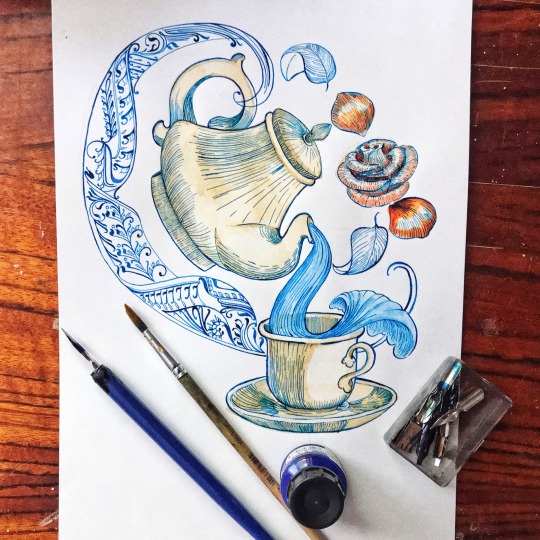
#tea#hottea#hot tea#cup#teapot#rose#flower#flowertea#teaflower#teatime#pictureofday#still life#pattern#patterndesign#pattern design#doodle#doodlesketch#doodledrawing#doodle sketch#doodle drawing#procreate#procreateart#procreate art#aquarelle#aquarellecolor#ink#inkdetails#ink details#inkdrawing#ink drawing
7 notes
·
View notes
Photo

Rose Sakura Tea 🏵️🌸🥃 Mille Crepes Rosetea 🍰🌹 https://www.instagram.com/p/CdveaKzJYrf/?igshid=NGJjMDIxMWI=
2 notes
·
View notes
Text
Top 5 Best Blooming Tea Flowers for Wellness

View On WordPress
#ArtisanalTea#ArtisanTea#BloomingTeaFlowers#ChrysanthemumBurst#ChrysanthemumTea#DrinkTea#FloweringTea#Flowertea#handmadetea#HandTiedTea#HibiscusBloom#HibiscusBloomInfusion#HibiscusTea#JasmineDragonPearl#JasmineTea#LavenderSerenity Keywords: BloomingTea#LavenderSerenityDrink#LavenderTea#PeachParadise#PeachParadiseTea#PeachTea#Tea#TeaEnthusiast#TeaLovers#TeaRituals#TeaTime Keywords: BloomingTea
0 notes
Text
Sip on the sweet and floral flavor of Hibiscus Tea!
#mohanfarm
.
.
Visit Website - 👉https://mohanfarm.com/

#hibiscus🌺#hibiscustea#hibiscus#tea#organic#redtea#flowertea#teaworld#herbaltea#organictea#tealife#tealover#healthytea#healthylife#tealifestyle#vegan#vegantea
0 notes
Text
Hibiscus Tea for the Skin: Benefits For Men and Women
Hibiscus tea has been used for its skin health benefits for thousands of years. The natural extracts from the hibiscus plant have been used to treat skin conditions like acne and eczema.
They also have antifungal properties, making them a great natural source of hybanavin C, an antioxidant found in Hibiscus erythrose.
Today, hibiscus tea is one of the most popular forms of this natural remedy for…
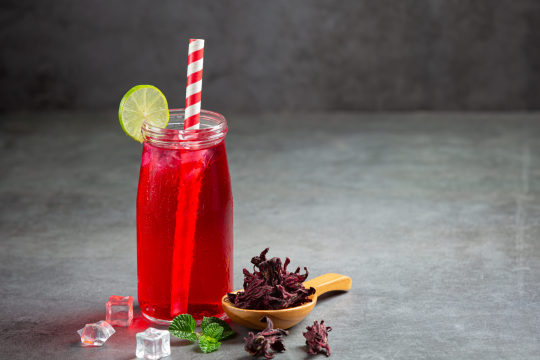
View On WordPress
0 notes
Photo

Jasmin Silberdraht Hell, silbrig-weiß, reine Blattknospen mit feinen Härchen besetzt, filgran gegreht. Die Tasse reich und fruchtig, lang anhaltend. #Jasmintee #jasmintea #jadmineflowers #Teesign77 #Greentea #jasmingreentea #flowertea #blumentee #chinatea #chinatea #berlinteeladen #berlinteashop (在 Teesign 77) https://www.instagram.com/p/Cj-pcE1I_-v/?igshid=NGJjMDIxMWI=
#jasmintee#jasmintea#jadmineflowers#teesign77#greentea#jasmingreentea#flowertea#blumentee#chinatea#berlinteeladen#berlinteashop
0 notes
Text
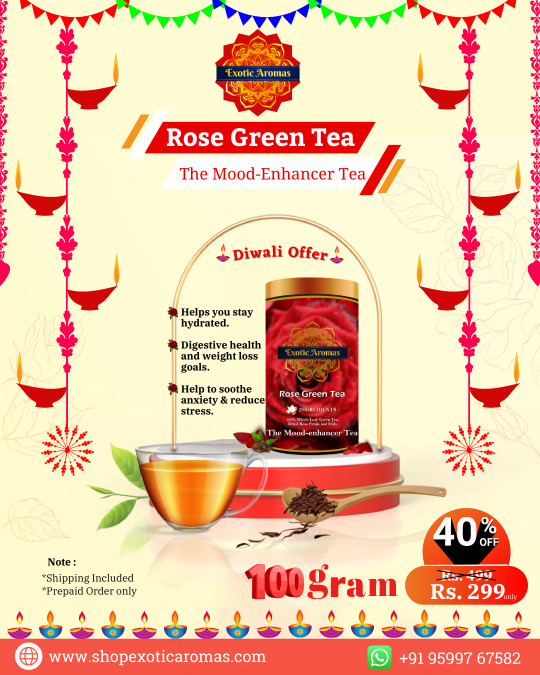
Diwali Offer — 40% Off on Rose Green Tea
Exotic Aromas Rose Green Tea is 100% Whole Leaf Decaf Green Tea. Our main ingredients are pure and organic.
Benefits of our Rose Green Tea:
Helps you stay hydrated so your skin looks at its best.
May help support digestive health and weight loss goals.
A cup of rose tea can help to soothe anxiety and reduce stress.
Contains vitamins and minerals as well as antioxidants that are beneficial for mood and overall well-being.
Product Link : Click Here
For order:
Call: +91–9599767582
+91–8819888809
Website: www.shopexoticaromas.com
#RoseGreenTea#greentea#tea#flowertea#teatime#exoticaromas#preciousandexoticaromas#tealoversindia#indianbesttea#premiumherbs#pure#organic#rosetea#wholeleaftea#rosegreenteaindia#natural#diwalioffers#diwalisale#offers#festivaloffers#bigsale#gifts#d#diwalispecial#diwalishopping#diwalidiscount
0 notes
Photo
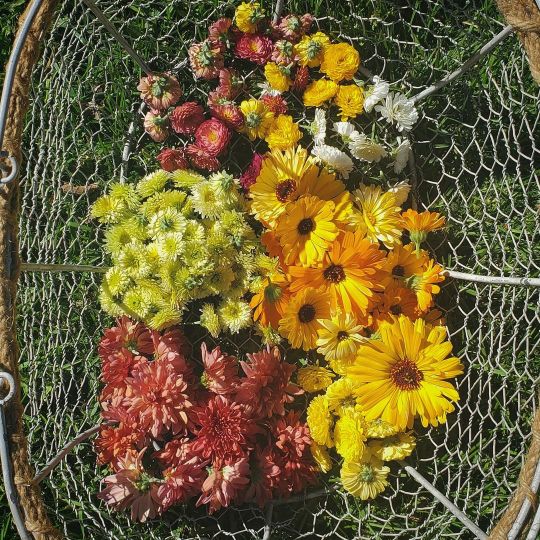
Harvesting some flowers for teas! Chrysanthemums, calendula, and Marigolds with just a little lemon balm on the side. 🌿 . . . #herbs #herbharvest #flowertea #harvest #chrysanthemum #calendula #marigold #herbtea #mygarden #gardening https://www.instagram.com/p/CjuOaT3O5V2/?igshid=NGJjMDIxMWI=
0 notes
Text
补血滋肾茶 (排卵期7天) - Ovulation Tea
instagram
水 600ml Water
枸杞 3 g Wolfberry
桑葚 3 g Mulberry
甘草 3 g Licorice
百合 2 g Lily Bulb
红枣 2 pc Red Dates
陈皮 1 pc Aged Tangerine Peel
黄精 5 g Polygonatum sibiricum Red.
Brew for 3rd week of the cycle is plain & smooth, like tea without astringent.
#养生壶#花茶
#HealthInACup#FlowerTea#PeriodTea#OvulationTea
#Homecooking#NewCook#YouAreWhatYouEat#SGFoodies
#养生壶#花茶#HealthInACup#FlowerTea#PeriodTea#OvulationTea#Homecooking#NewCook#YouAreWhatYouEat#SGFoodies#Instagram
0 notes
Photo
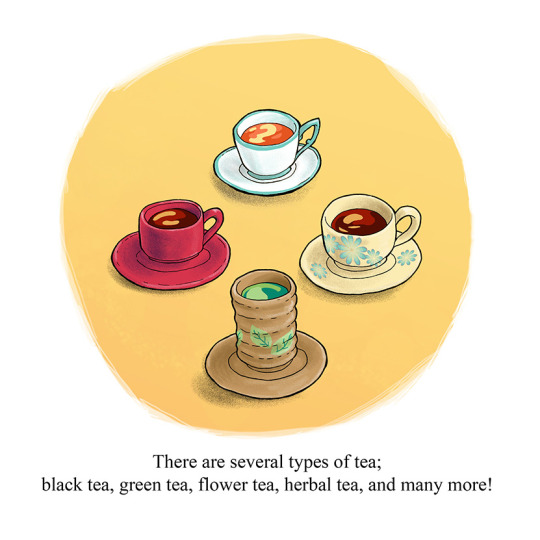
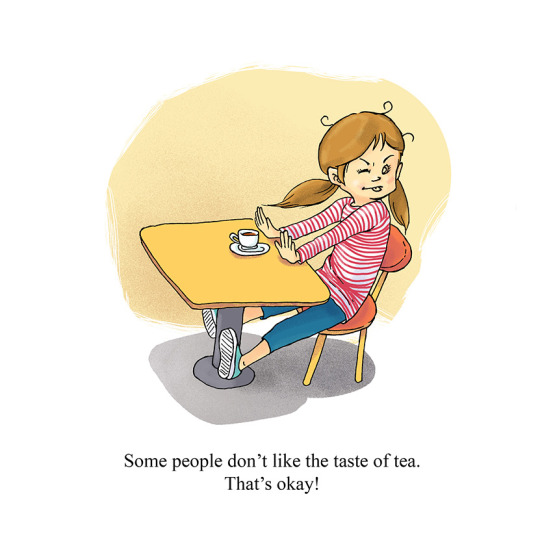
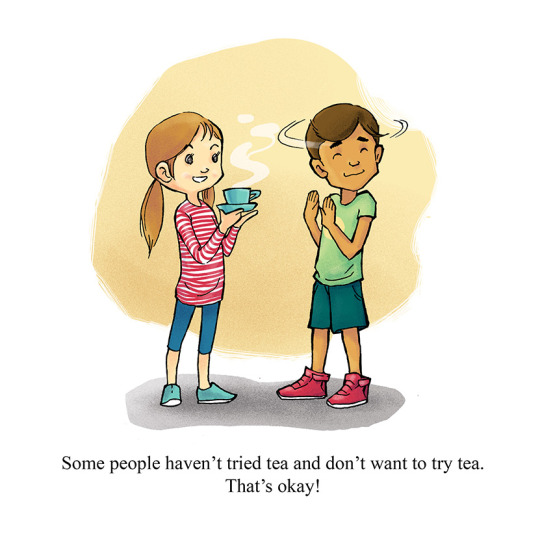
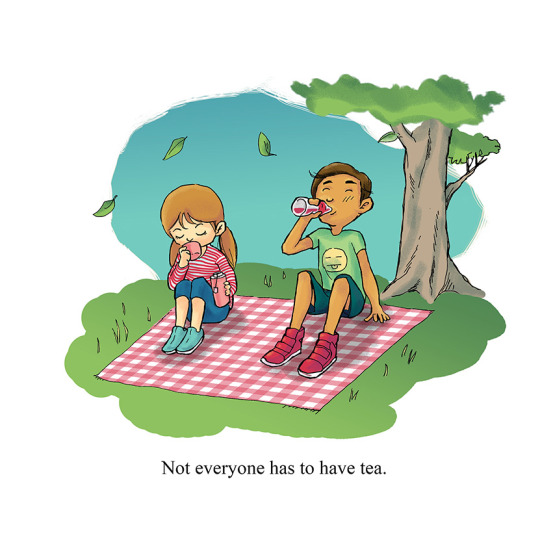
A commission work for children book, about how to enjoy tea..love it!
#tea#enjoy#tealover#herbaltea#flowertea#teacup#darjeeling#kidscakes#childrenbook#picturebook#picture#colored
0 notes
Text



୨♡୧ FlowerTeaic —
➽ a gender related to pink tea with flowers in it
⊹₊┈ㆍ┈ㆍ┈ㆍ୨୧ㆍ┈ㆍ┈ㆍ┈₊⊹
coined by me 🌸♡
┆ ° ♡ • ➵ ✩ ◛ °
related to the image below ↷

#anti endo#gender coining#lgbtq#mogai#mogai safe#xeno#xenogender#mogai coining#mogai gender#flowerteaic#🐇. . . a gift for you ♡
8 notes
·
View notes
Text


#дракон#чайныйдракон#чай#цветочныйчай#чайник#кружка#времячая#дизайндеталей#дизайнчайника#dragon#tea#flowertea#teapot#cup#Chinesedragon#drink#teatime#designteapot#designdetails#pattern#patterndesign#doodle#doodlesketch#doodledrawing#procreate#procreateart#узоры#дудл#магия#gelpendrawing
1 note
·
View note
Text


Dried chrysanthemums go well with black, green, pu-erh, and oolong teas. They can also stand on their own.
May we learn from chrysanthemums in bringing out the beauty of the team when working with others, yet shine when doing something alone.
0 notes
Text
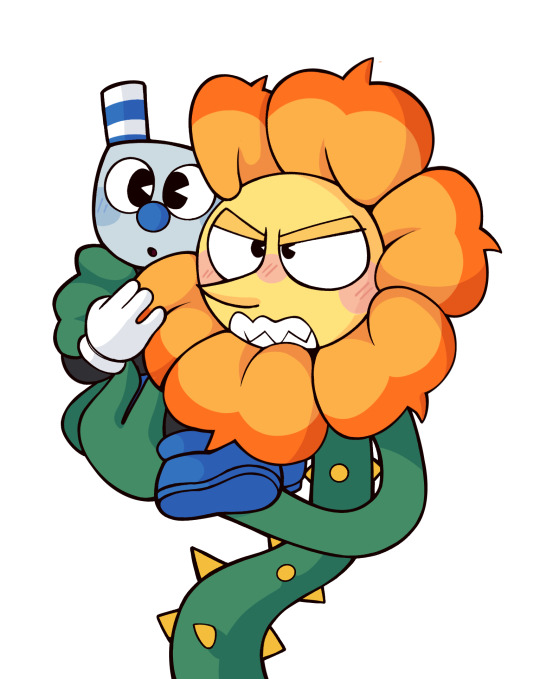
HELL YEAH, I'M BACK TO THE CUPHEAD FANDOM
A little bit of Flowertea~
I don't have a signature yet, but I honestly don't care what they do with my drawings.
#cuphead#cagney x mugman#flower tea#mugman#cagney carnation#they are fucking adorable#I love the height difference
16 notes
·
View notes
Text
Escape to a world of relaxation and rejuvenation with every sip of our premium rose petal tea!
#MohanFarm #RosePetalTea
.
.
.
Visit Website - 👉https://mohanfarm.com/
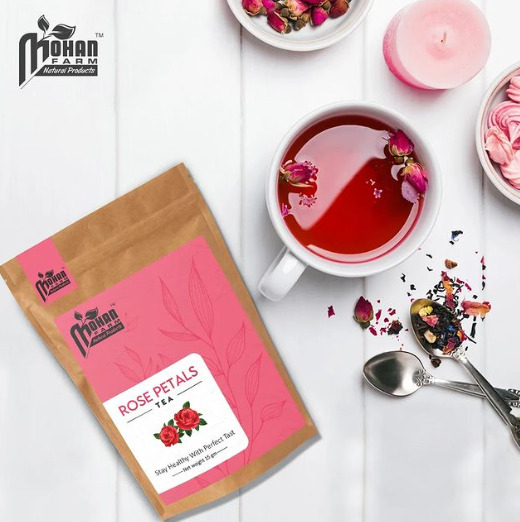
0 notes